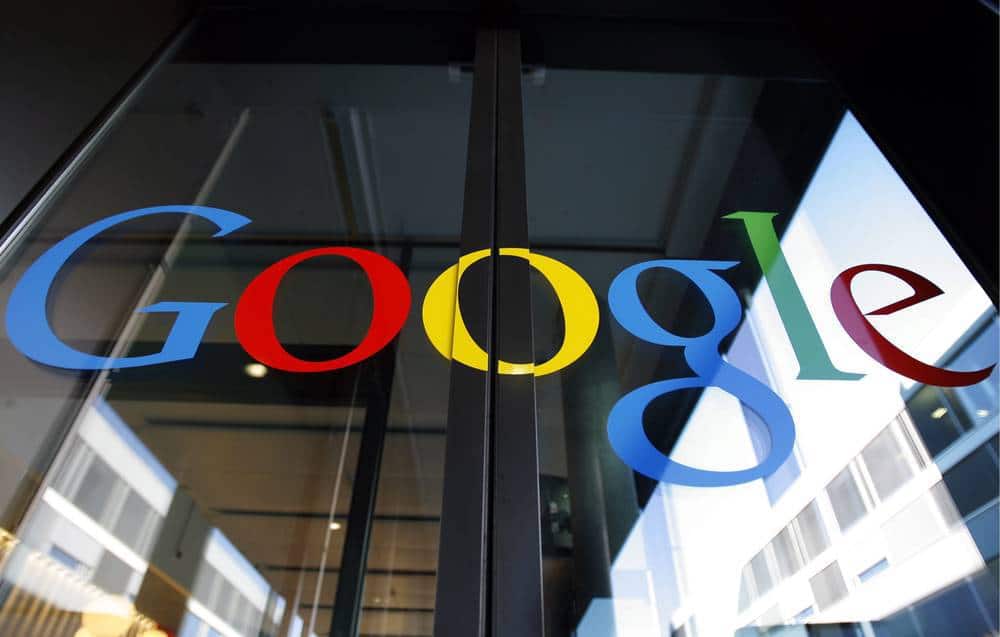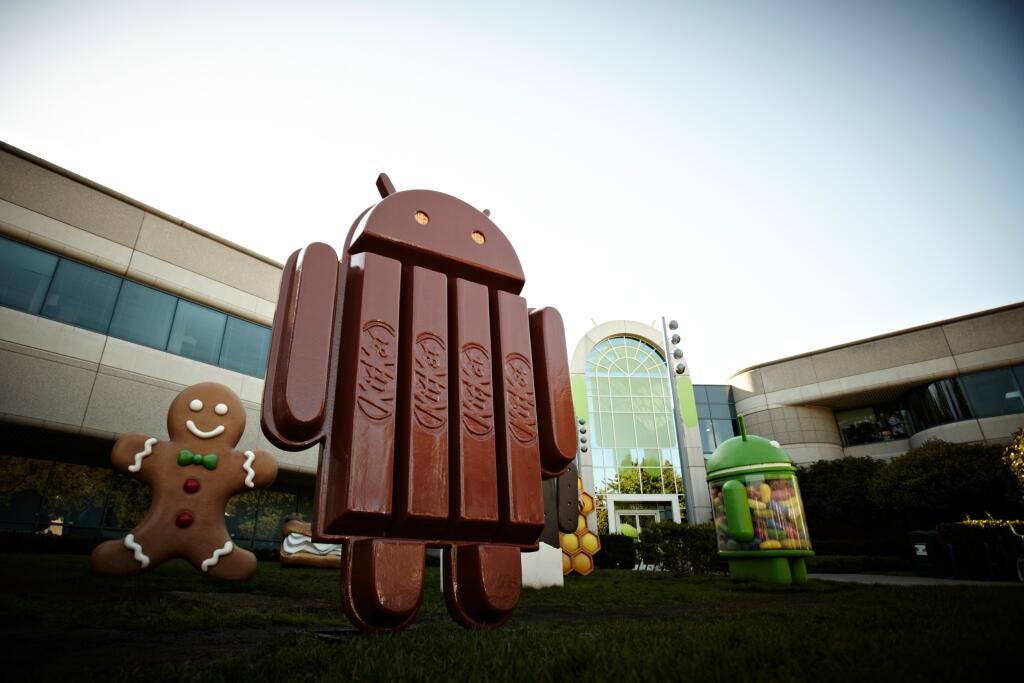Fibre optic cables refer to the thin strands of glass located in thick underground cables tasked with carrying data via the reflection of light beams. These cables are capable of achieving higher transfer speeds compared to the older copper wires. It is relatively easy to understand how fiber optic cables are proving super-fast internet.
How Fibre optic cables work
With fibre cables trenches are dug to house the cables. This is an expensive and time consuming process, often causing local disruption to traffic, and requiring specialist equipment, such as the trench support technology like hydraulic jack plates provided by Icon Equipment Distributors, Inc. as we will see later the barriers to fibre broadband rollout are a good thing for mobile telephone networks.
Data travels through fiber optic cables as pulses of light propagated along the cable via reflection. The internal propagation is made possible by mirrored cladding surrounding each of the individual fibers. The carrier light beams into the cable and hits the mirrored wall bouncing along in a zigzag pattern until it reaches its destination point.
Although these fibre optic cables are known to provide faster internet speeds than you would get from traditional ADSL internet services, the actual speed you receive will depend on a number of factors.
The package you signed up for will be responsible for determining the maximum download and upload speeds. Currently, fibre optic cables offer average speeds of up to 40 Mb broadband and up to 10 Mb upload to more than five million homes and business across the country.
There are two main types of fibre optic broadband, fibre to the home (FTTH) and fibre to the cabinet (FTTC).
Fibre cables do not lose broadband over distance, and hence are capable of maintaining the broadband speed through the distance they carry the internet. This enables clients to receive at least 90% of the advertised speed. Unfortunately the fibres don’t always go all the way to your home. Often they stop at the street level cabinet and then the internet is passed through the old copper cables of the telephone network using the traditional copper wires for the ‘last mile’ of its FTTC connections, for example, and their customers tend to lose some of the connection speed. With FTTC, the further your home is away from the cabinet the worse your connection will be. If you live at the wrong end of a long road this can mean rather disappointing fibre broadband performance.
Fibre to the home Technology (FTTH)
FTTH technology runs fast optic cables direct to your home (or business with fibre to the premises) bypassing the copper cables entirely. This will, therefore, mean faster connections available through the network. Some providers are now offering 1GB connections through this technology, and the potential speeds are incredible.




